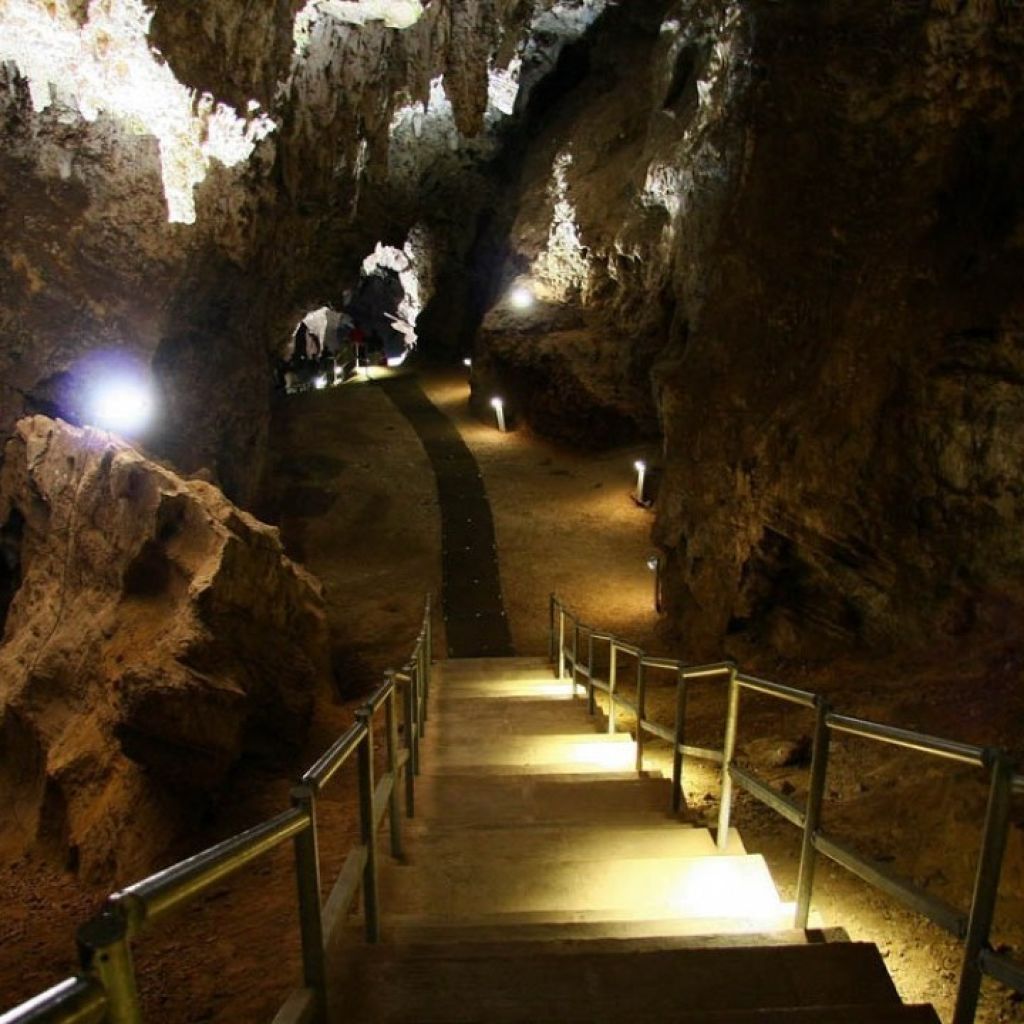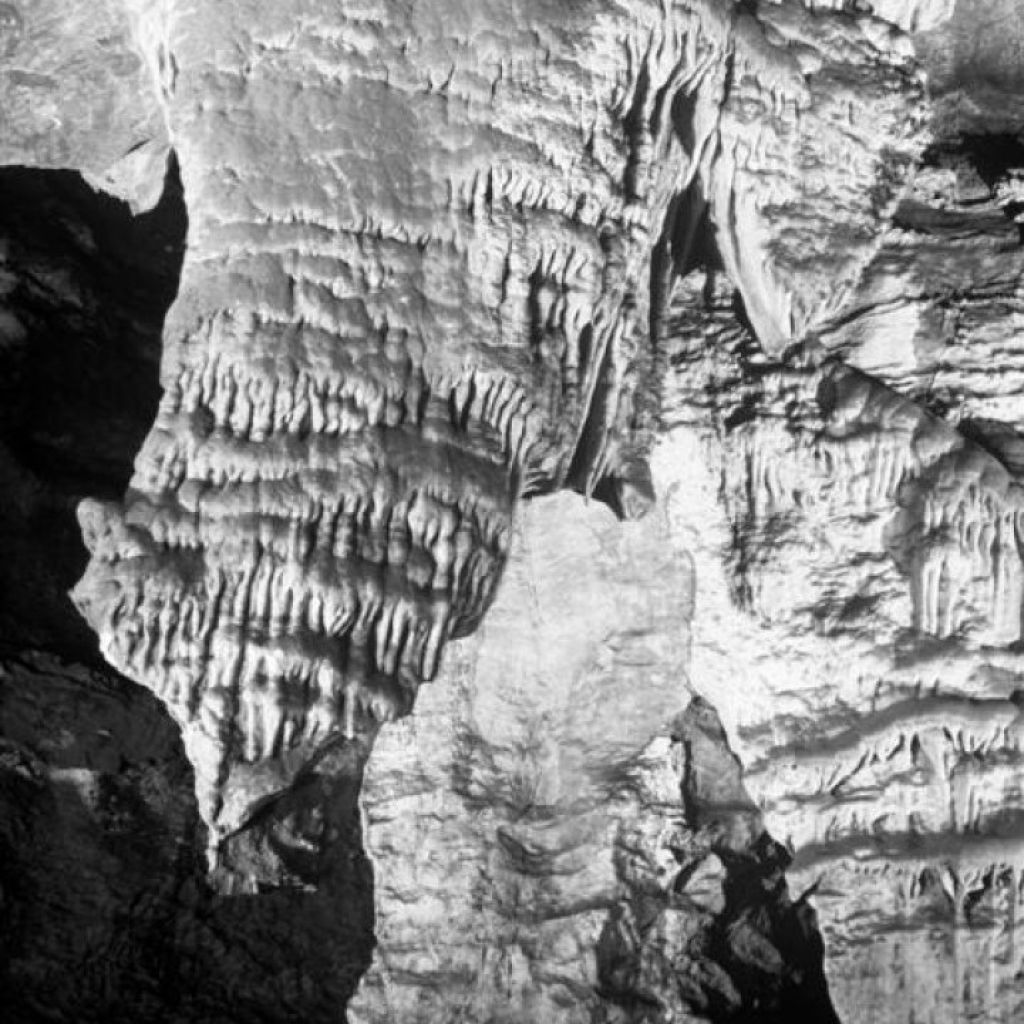Maropeng gets to grips with our geological heritage

The limestone caves which snake underneath the foothills of the Magaliesberg were formed over millions of years, and their dark corridors have shown us glimpses into the first eras of mankind’s evolution through the ancient fossils found there.
In Maropeng’s educational resource pack available for download, fun and interesting facts about our geological and archaeological past are highlighted, taking learners on a journey through time by showing them how cave systems like the Sterkfontein Caves were formed, as well as outlining the different rock types found throughout the Cradle of Humankind.
Studying caves provides a vital understanding of our geological heritage. The resource pack will help educators explain how most of the cave systems here were formed millions of years ago when dolomite limestone, a sedimentary rock, was eroded away by rainwater or underground streams.
According to the Maropeng exhibition guide, early life forms appeared in our oceans 3.8-billion years ago. These single-celled, blue-green algae called cyanobacteria made their own food through photosynthesis and, as a result, they released oxygen into the atmosphere.
The chemical reactions created by these organisms ultimately resulted in the formation of dolomitic limestone, and movements on the earth’s crust eventually exposed these rock formations on dry land. Over millions of years, weak carbonic acid in rainwater reacted with chemicals in the rock, eroding it to form cavities which grew over time.

The resource pack asks learners to construct a model showing the development of stalagmites and stalactites within caves. Stalactites, which hang from cave ceilings, are formed when water reacts with carbon dioxide to form carbonic acid.
This seeps extremely slowly through the roof of the cave depositing calcium carbonate on its way down, which hardens over millions of years to create a stalactite. Stalagmites are the direct counterparts of stalactites, and rise from the floor of the cave in a build-up of calcium carbonate.
The Sterkfontein Caves are made up mostly of sedimentary rock, which is formed when sand, silt or other material is deposited after being carried by water or ice. Sedimentary rocks often contain fossils, and experts have discovered some significant finds in our world-famous cave system.
Examples include the skeleton of the well known Australopithecine “Little Foot”, who, experts believe fell down a cavity and became fossilised in a deep grotto, as well as the first fossil of an adult hominid – the cranium of Australopithecus africanus or “Mrs Ples”.
In the final section of the resource pack, learners are asked to conduct a research project detailing the rocks they find in their area. They have to present a hypothesis, research method, present the data, and finally present their conclusion.
Make sure you book your school tour to Maropeng and discover other fascinating facts about our planet Earth. Contact Dorcas on (0)14 577 9045 or info@maropeng.co.za to book your school tour.
Maropeng will be exhibiting at South Africa’s first-ever educational resource exhibition, Future Ed – The Education Show, at the Coca Cola dome from May 27 - 29.
Visit Maropeng at stand D8 at the Future Ed Expo, hosted at the Coca-Cola dome from May 27 – 29. Not only will you will you qualify for a 20% discount on Maropeng school tour bookings made before the end of July for a visit in 2011, but you will be able to meet the Maropeng Education Team.
Along with our education fundi, Magel van de Venter, and our curator, Lindsay Marshall, Maropeng will be able to guide educators in creating school tour packages that will enhance the learner’s experience and help educators achieve their lesson goals.
Maropeng is also giving every educator a free copy of the educator’s resource pack.